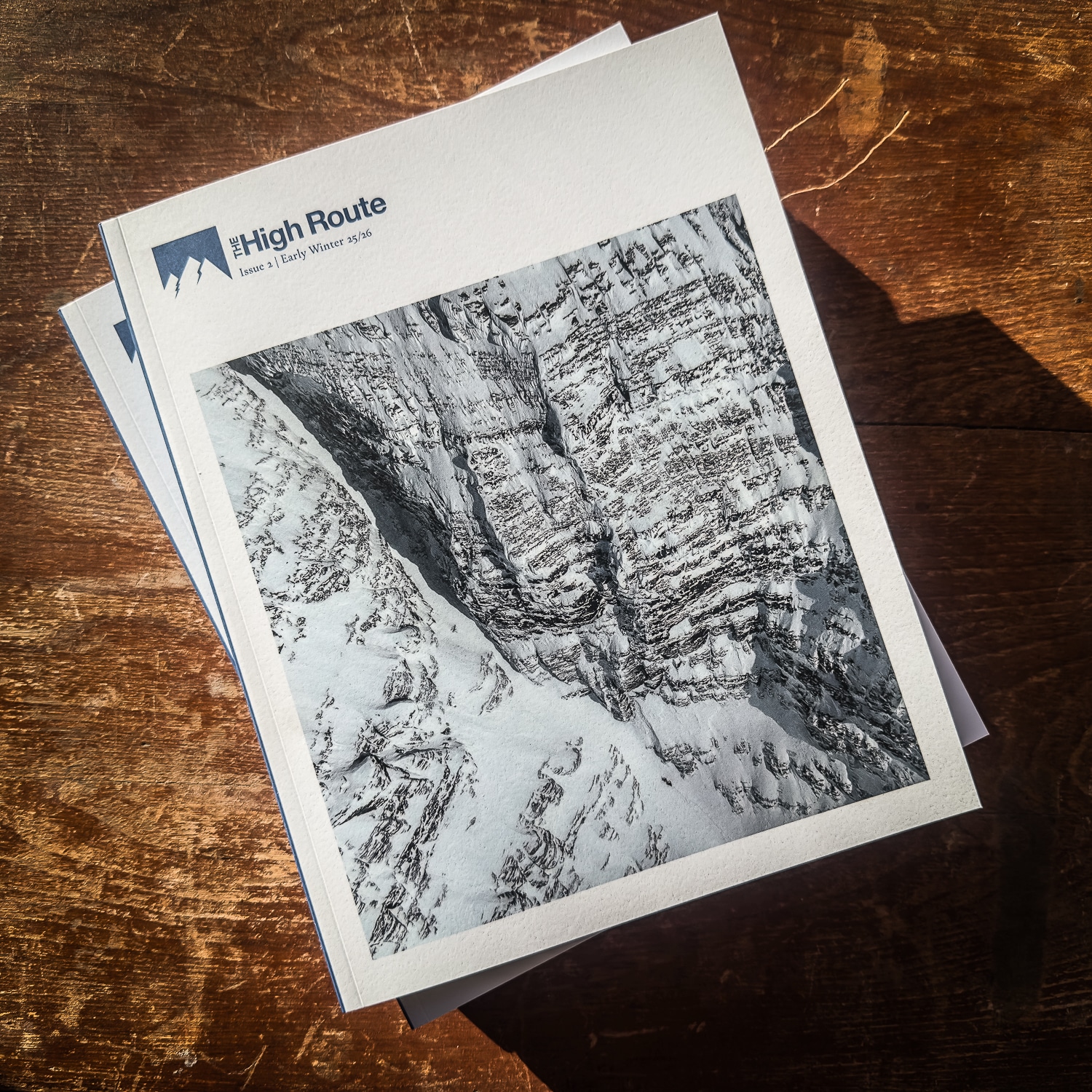We’ve embedded the Windy app on the site in a few places—the sidebar and the conditions and forecasts page. As a habit forming species, weather forecasting workflows differ from user to user. Still, some of us may subscribe to predictive services like Open Snow, while others may not. Windy offers a suite of free functions that, depending on your needs, make it high-functioning for the beginner to intermediate meteorologist. In this series, we’ll run through a few of Windy’s functions so readers are more familiar with the app and can, at their own pace, add different datasets, predictive models, and visuals to their trip planning routine.
The Windy Widget: A Basic How To

Help us grow. Share it.
Responses
Latest Features
-

Rappelling in the Tetons. Photo: Billy Haas.
The Skinny Rope Data Crunch
The beta and data on skinny ropes for ski mountaineering.
-

The mindset shifted: Brendan O’Neill in a large mountain theater. Photo: Adam Fabrikant
Part 3: The Mindset Shift
Part three of our three-part series on big mountain mindsets: Choosing partners, building habits, and remaining diligent.
-

On the cover of Issue 2 of The High Route journal: Big scale, small skiers, on Mount Robson’s South Face. Cover photo: Blake Gordon
What’s Inside: Issue 2 of The High Route Journal
In this short-form media moment: we invite you into the long-form with The High Route journal Issue 2.
-

Entering the throne room on the approach to the Gasherbrums. Photo: Adam Fabrikant
Part Two: The Mindset Shift
Billy Haas on shifting the mindset when planning for and executing in the bigger mountains.

Leave a Reply
You must be logged in to post a comment.